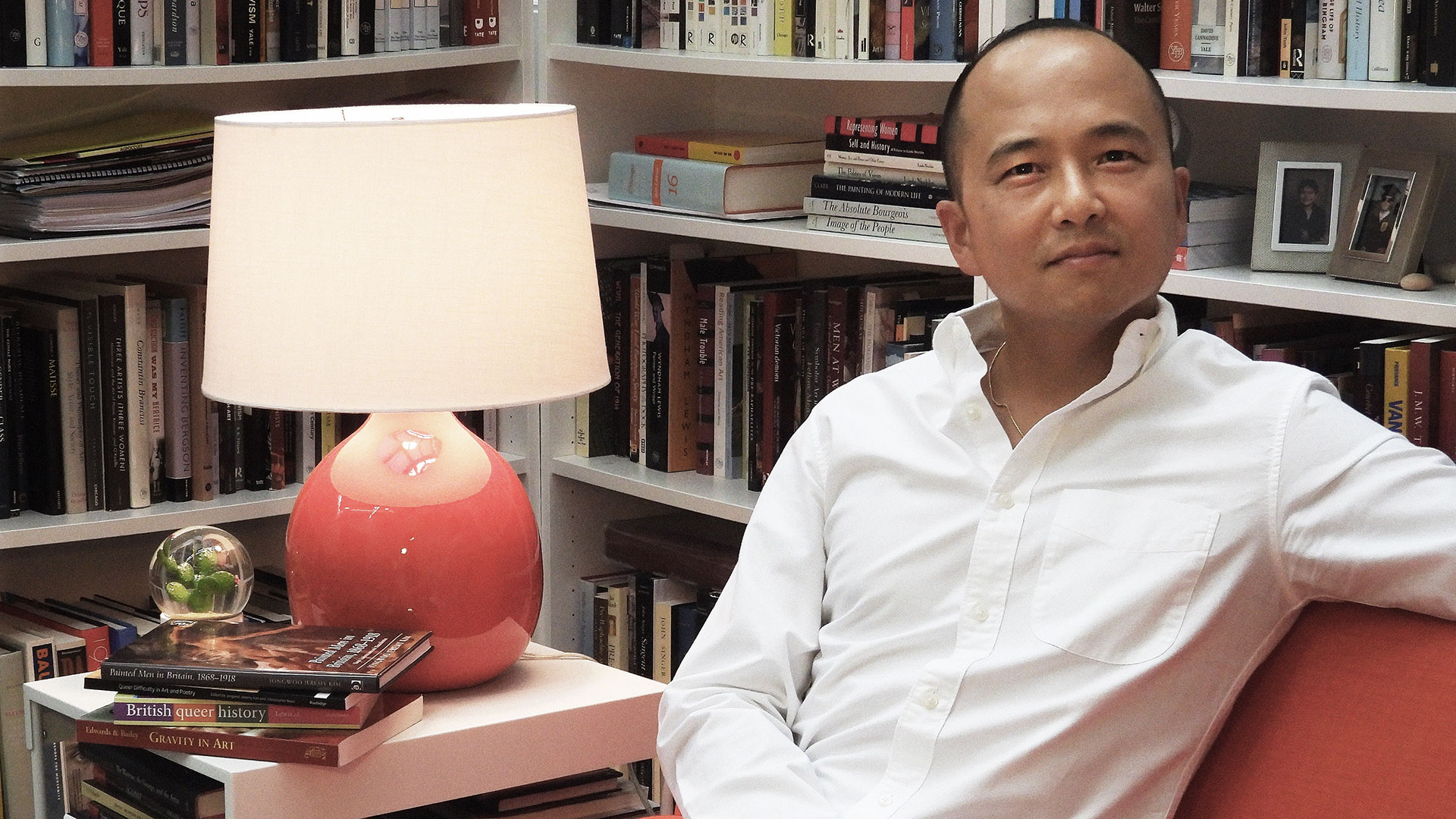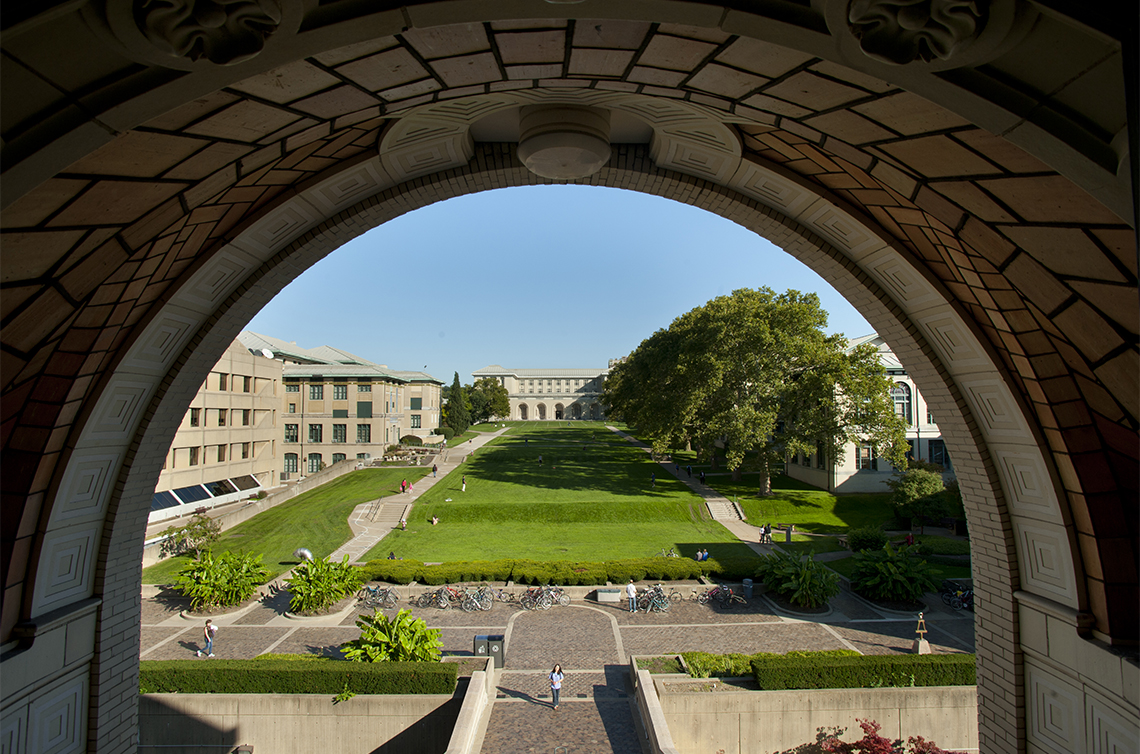
The French journal praises Kim’s book for its nuanced exploration of queer art history and its “intimate stroll” through a personal, universal imaginary.
A review of Professor Jongwoo Jeremy Kim’s 2023 book Male Bodies Unmade (University of California Press) is now circulating among French scholarly communities of the arts. Published in Critique d’art, France’s leading journal of contemporary art criticism, the review applauds Kim’s “ambivalent relationship with the imaginary of the white homosexual,” and celebrates his original use of personal biography to reframe the canon of queer art.
The review (translated from French) reads:
There are legacies that have inspired and shaped us, and that leave us with a strange taste — that of ambiguity. Jongwoo Jeremy Kim has this ambivalent relationship with the imaginary of the white homosexual. Torn between the awakening this imaginary has allowed him and the way it approaches homosexuality through fetishization, the author, an art historian, offers an analysis of the works that shaped him.
Through a generous layout and color reproductions of artworks scattered throughout the book, Kim embarks on an intimate stroll through his “imaginary museum.” He studies and unpacks major artists such as Aubrey Beardsley, Jean Cocteau, Francis Bacon, and David Hockney. These artists, marked by their queer gaze and a queer practice of their art, stand out among their contemporaries. Through an apparent particularism — being homosexual or simply gender nonconforming — they manage to touch upon the universal.
Thus, the author shows us how Cocteau’s homosexuality allowed him to present a relevant and original discourse on narcissism, redefining a heteronormative concept. Kim also draws upon Oscar Wilde, whom he quotes in the text:
[The pool of Narcissus] “But I loved Narcissus because, when he lay on my banks and looked down at me, I saw the reflection of my own beauty in the mirror of his eyes.”
He also demonstrates how David Hockney’s homosexuality made him a dissident from the modernist approach of his time — one of excess — whereas Hockney embraced an ascetic approach, marked by a lack of detail and elements, in his homoerotic paintings.
The question raised by this publication might therefore be this: how, through what at first glance may seem like a particularity, can one arrive at an original approach to a universal concept?
In parallel, the portrait emerges of a teacher-researcher who, while grateful to his cis, gay, white colleagues and friends, finds himself somewhat detached from them. A lover of hegemonic gay culture, the author speaks of artists he cherishes. He also shares his feeling of being on the margins, on the outside — because he has been externalized. This results in an ambiguous promotion of these artists: the author wishes to rehabilitate their memory, while not wanting them to be absorbed into mainstream culture.
Photo by Charlie White, 2020




